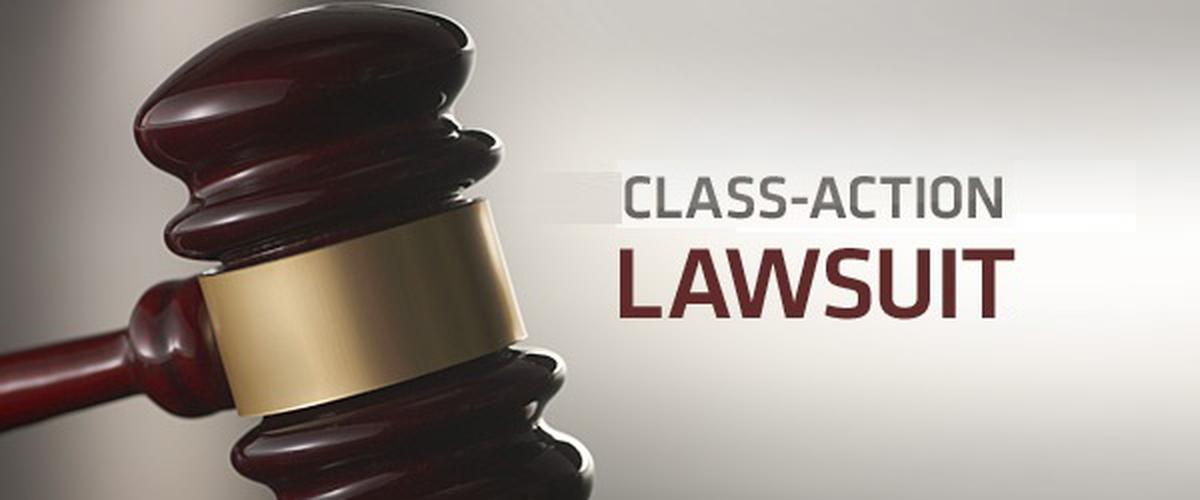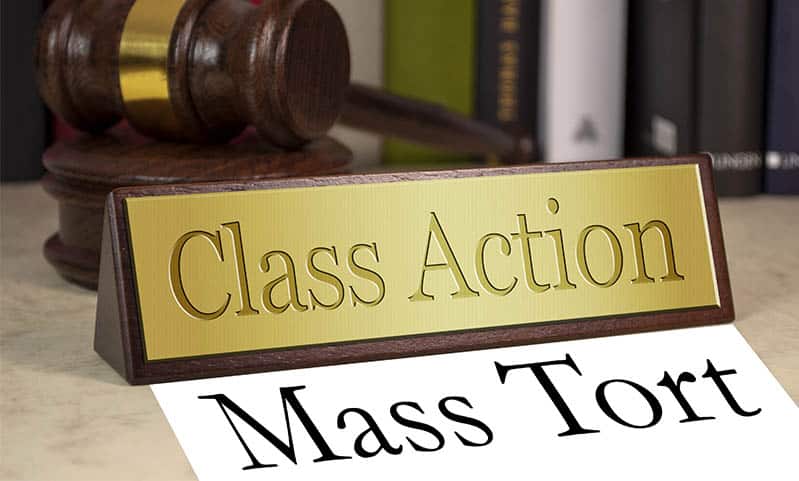Navigating Legal Seas: Recognizing the Ins and Outs of Class Action Lawsuits
Navigating Legal Seas: Recognizing the Ins and Outs of Class Action Lawsuits
Blog Article
Comprehending Class Activity Lawsuit: An Overview for Lawyers
Course action claims have actually become an essential part of the lawful landscape, permitting the debt consolidation of multiple cases right into a single action. For legal representatives, recognizing the complexities of class action litigation is important in successfully representing their clients. This comprehensive overview checks out the fundamentals of class activity claims, from identifying prospective class members to browsing the certification process. Furthermore, it delves into essential strategies for managing class action litigation and offers insights right into discussing and acquiring authorization for negotiations. By delving right into the ins and outs of course action suits, this overview outfits attorneys with the expertise and tools required to efficiently browse this complicated location of law.
The Basics of Course Action Suits
Course activity lawsuits are a legal system employed to combine comparable claims from a group of people right into a solitary lawsuit, providing a cost-efficient and efficient strategy to looking for justice and resolution. This type of claim allows a depictive plaintiff, acting upon part of the entire course, to bring a case against an accused that has apparently triggered harm or broke the legal rights of multiple individuals.
The fundamental demands for bringing a course action lawsuit consist of numerosity, commonality, typicality, and adequacy of representation. Numerosity describes the reality that the course must be so huge that joinder of all participants would certainly be not practical. Commonness indicates that there need to be usual concerns of legislation or fact that are shared by all members of the class. Typicality calls for that the cases of the depictive complainant are regular of the cases of the whole class. Competence of representation guarantees that the representative plaintiff will effectively stand for the rate of interests of the entire course.
Class activity suits can be helpful for both plaintiffs and offenders. For complainants, it enables them to pool their sources and share the threats and costs connected with litigation. When they are up versus huge firms or entities, it likewise gives a level playing area. For offenders, it provides the possibility to successfully deal with several claims in a single suit, preventing the requirement to protect against various individual lawsuits.
Identifying and Assessing Prospective Class Participants
After establishing the standard needs for a class activity legal action, the next step is to identify and examine possible course participants. If they satisfy the necessary requirements., this process includes identifying that might be component of the class and examining their cases to establish.
To recognize possible course participants, attorneys typically conduct comprehensive research and gather relevant details. This might entail examining papers, carrying out interviews, and analyzing records to identify people or entities that might have been impacted by the supposed wrongdoing. It is essential to establish a detailed and clear listing of potential course participants to guarantee that all affected events are consisted of in the claim.
When potential course members have actually been determined, the following step is to assess their cases. If they fulfill the legal demands for class accreditation, this involves examining the merits of each private claim to figure out. Lawyers need to carefully examine the realities, evidence, and legal concepts of each potential class participant's claim to guarantee that they have a sensible case.
Examining possible class members additionally involves identifying whether they meet the class definition and have actually suffered comparable injury as a result of the defendant's actions. This needs contrasting the facts and situations of each prospective course participant's situation to the allegations and legal theories presented in the legal action.
Navigating the Class Certification Process
To effectively browse the course qualification procedure, lawyers should carefully abide by the step-by-step needs established forth by the court. Course qualification is a crucial action in a class action claim, as it figures out whether an instance can continue as a course activity, standing for a team of individuals who have comparable cases versus an offender. The process entails pleasing details standards, such as numerosity, commonness, typicality, and competence of depiction.
Firstly, legal representatives should develop numerosity by demonstrating that the class is so large that individual joinder is impractical. This calls for a detailed evaluation of the defenses and claims included.
Next, lawyers should show typicality, which implies that the depictive complainant's insurance claims are regular of the insurance claims of the course members. This ensures that the interests of the representative complainant straighten with the passions of the course. Attorneys need to show competence of representation, meaning that the depictive plaintiff and their advise will relatively and adequately represent the passions of the class.
To navigate this procedure efficiently, lawyers need to extensively prepare by conducting substantial study, gathering evidence, and establishing an engaging debate that satisfies each of these criteria. They should additionally be prepared to react to any difficulties or arguments elevated by the defendant. By carefully adhering to the step-by-step requirements established forth by the court, legal representatives can boost their opportunities of getting class accreditation and progressing the rate of interests of the course participants.

Trick Techniques for Taking Care Of Class Activity Lawsuits
Upon successfully browsing the course certification process, legal representatives must then carry out key techniques for properly managing class action lawsuits. These approaches are essential to make sure that the instance continues efficiently and efficiently, eventually making best use of the chances of a beneficial result for the course participants.
One trick approach is to establish a cohesive and strong legal team (Class action lawsuit). This involves putting together a group of attorneys with competence in course activity lawsuits, in addition to other appropriate areas such as the particular market or topic associated with the situation. A well-rounded team can bring different perspectives and skills to the table, enhancing the overall effectiveness of the lawsuits
An additional vital approach is to develop a well-thought-out and comprehensive litigation plan. This plan should outline the general goals of the case, as well as the particular lawful concepts and arguments that will certainly be pursued. It must additionally consist of a timeline and budget plan to guarantee that the case remains on track and within the allocated resources.
Additionally, legal representatives need to actively engage with the course members throughout the lawsuits process (Class action lawsuit). This includes supplying regular updates on the progression of the situation, looking for input and comments from the course members, and dealing with any kind of worries or questions they might have. By promoting open interaction and partnership, lawyers can develop trust and assistance among the course members, which can be critical in achieving an effective resolution
Working Out Course Action Legal Actions: Settlement and Approval
When it pertains to settling course activity suits, reliable negotiation and acquiring authorization are necessary action in accomplishing a resolution. Course action claims are intricate and involve a lot of plaintiffs, making it vital to get to a settlement that is satisfying and reasonable to all events involved.

When a settlement contract is gotten to, it needs to be accepted by the court. The court's duty in this procedure is to make certain that the settlement is fair, reasonable, and appropriately protects the interests of the course participants. The court will certainly take into consideration factors such as the nature of the claims, the strength of the proof, the possible recuperation for the course participants, and any type of arguments increased by class members.
Obtaining court authorization is critical as it gives finality to the negotiation and shields the passions of the course members. It ensures that the negotiation is binding and enforceable, and course members can receive their rightful compensation.
Verdict

Course action lawsuits have actually become an integral component of the legal landscape, permitting for the loan consolidation of several claims right into a single activity. Class qualification is a vital step in Class action lawsuit a course action claim, as it identifies whether an instance can proceed as a course action, representing a group of people who have comparable cases against an offender. By vigilantly sticking to the step-by-step demands established forth by the court, lawyers can boost their opportunities of obtaining course qualification and advancing the rate of interests of the course participants.
The court will think about variables such as the nature of the claims, the stamina of the proof, the potential recovery for the class participants, and any kind of objections increased by course participants.
By identifying and evaluating prospective course members, lawyers can figure out the stability of a class activity claim.
Report this page